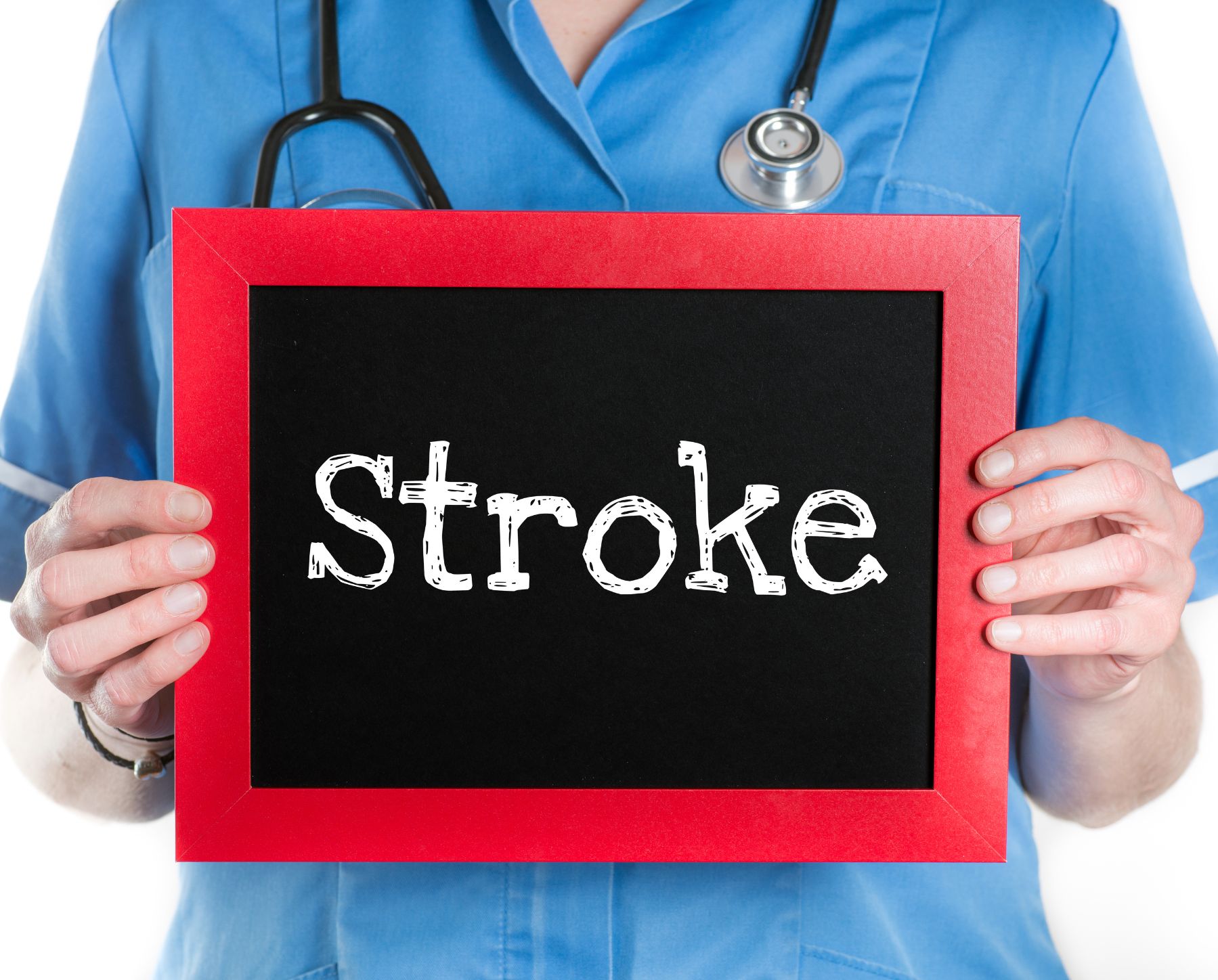Can Dermal Fillers Help with Facial Palsy After a Stroke?
A stroke is a life-altering event that can affect various aspects of an individual’s health, often leaving survivors with multiple challenges. One of the lesser-known consequences of a stroke is facial palsy, which can profoundly affect a person’s physical appearance and self-esteem. In recent years, facial aesthetics treatments, particularly dermal fillers, have shown promise in helping individuals with facial palsy reclaim their confidence and quality of life. This topic has come up recently, so we created this blog article to address the question: How Can Dermal Fillers Help with Facial Palsy After a Stroke?
Understanding Facial Palsy After a Stroke
Facial palsy is characterised by weakness or paralysis of the facial muscles and can result from nerve damage caused by a stroke. This condition can lead to a lack of facial expression on one side, drooping of the mouth and eye, and difficulty with essential facial functions such as smiling, blinking and speaking. The emotional toll of facial palsy is significant, as it can affect self-esteem, social interactions and overall wellbeing.
Considering Dermal Fillers
Dermal fillers have become a game-changer in the realm of facial aesthetics for individuals seeking to maintain their youthful appearance and combat the inevitable effects of ageing. But dermal fillers can also be considered when dealing with the aftermath of a stroke. Fillers typically comprise hyaluronic acid or other biocompatible materials that can be strategically injected to restore facial symmetry, improve muscle function and enhance overall facial appearance.
The outcome is more confidence for individuals who have experienced a stroke.
The First Step Towards Transformation
An in-depth consultation with a qualified practitioner is essential before embarking on any facial aesthetics journey, especially for individuals with facial palsy due to a stroke.
- Assessment and Tailored Recommendations: Every stroke survivor’s experience and needs are unique. During the consultation, a clinician or doctor will assess the extent of facial muscle movement, the client’s desired outcome, and overall health and wellbeing.
- Discussing Expectations: Clients will have the opportunity to talk about their expectations and ask important questions. Whether it’s regaining a natural smile, improving facial symmetry or addressing other concerns, open communication ensures that the treatment plan aligns with the client’s desires.
- Medical History Review: Reviewing complete medical history is crucial in identifying any contraindications, allergies or pre-existing conditions that may impact the treatment. This thorough approach ensures client safety and the best possible outcomes.
The Treatment Process
Once the consultation is complete, a treatment plan is recommended. During a dermal filler treatment, injections are administered with precision to target areas affected by facial palsy, helping to restore balance and symmetry to the face. The procedure is typically quick, minimally uncomfortable and results can often be seen immediately.
Transformation and Confidence Renewal
Dermal fillers offer a remarkable transformation for stroke survivors living with facial palsy. As facial symmetry is restored, clients regain their ability to convey emotions, interact confidently in social situations and reclaim self-esteem.
Ongoing Care and Follow-up
Aftercare is vital for achieving the best possible results and ensuring client safety. Post-treatment instructions will be provided and follow-up appointments may be scheduled to monitor progress and address concerns.
For individuals who have suffered a stroke and are grappling with facial palsy, dermal fillers offer newfound hope and possibilities. With the proper guidance and a tailored treatment plan, individuals can regain their natural beauty and sense of self. to discuss how dermal fillers could help with facial palsy after a stroke.
Contact Dr Camilla Hill’s clinic on 01527 280820 or email via the contact form to discuss how dermal fillers could help with facial palsy after a stroke.







